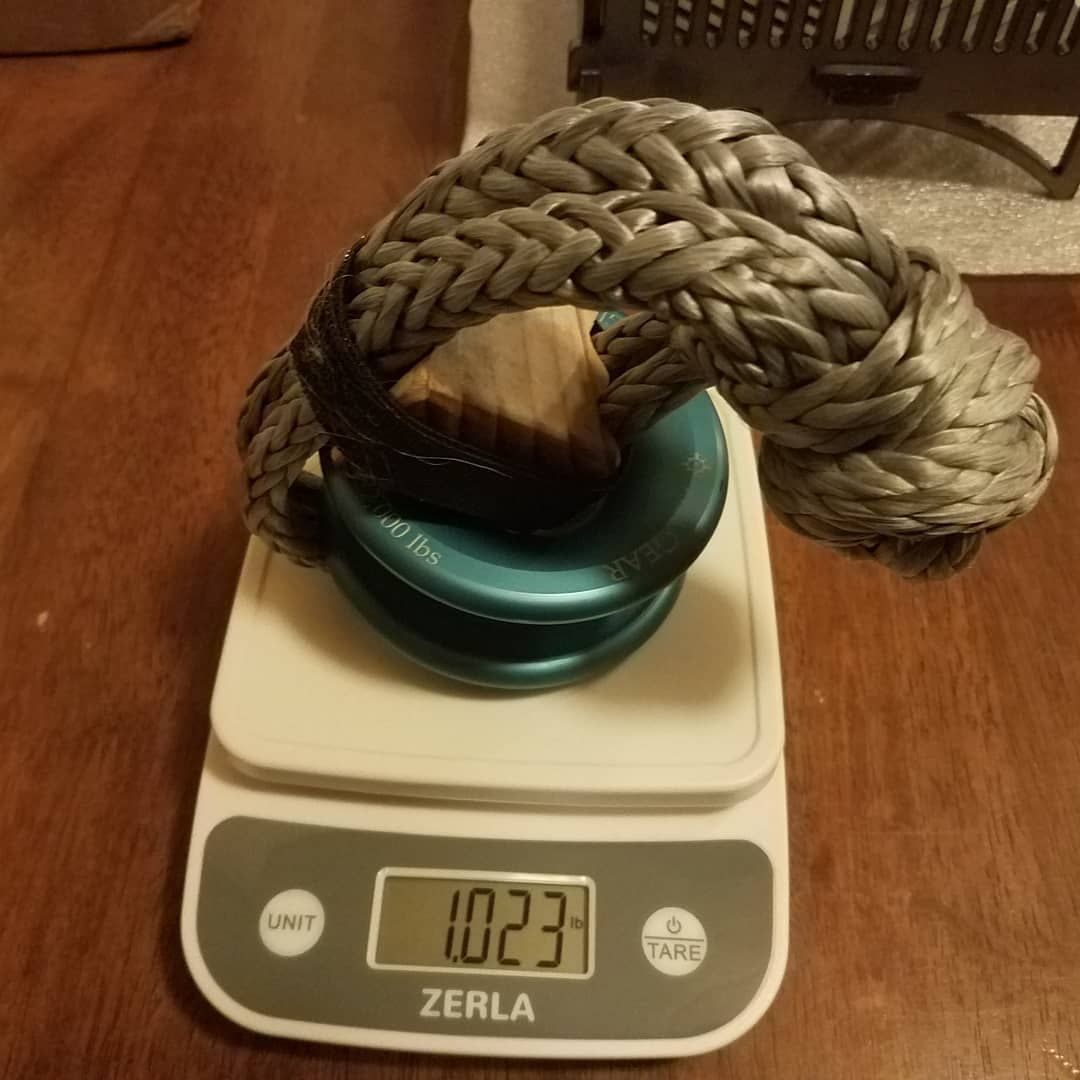Most commercial marine applications use very thick line with initial strength much greater than needed. As the line degrades enough strength remains.
Here is a link to data-based analysis of synthetic lines and UV degradation posted by Factor 55. Note that the most resistant tested lost 20% of initial strength after 450 hours of "Accelerated Weathering per ISO 4892-2." If you want to determine how "Accelerated Weathering..." relates to actual time in the sun you can read
this (better be patient!). I'm convinced that synthetics degrade much faster than wire rope. However, their other advantages outweigh the degradation disadvantage for my applications. It is also possible to reduce the UV exposure by running the synthetic winch line through enough tubular webbing to cover the outer wrap of the line on the drum of the winch (also helps as a chafe guard).
Howard


